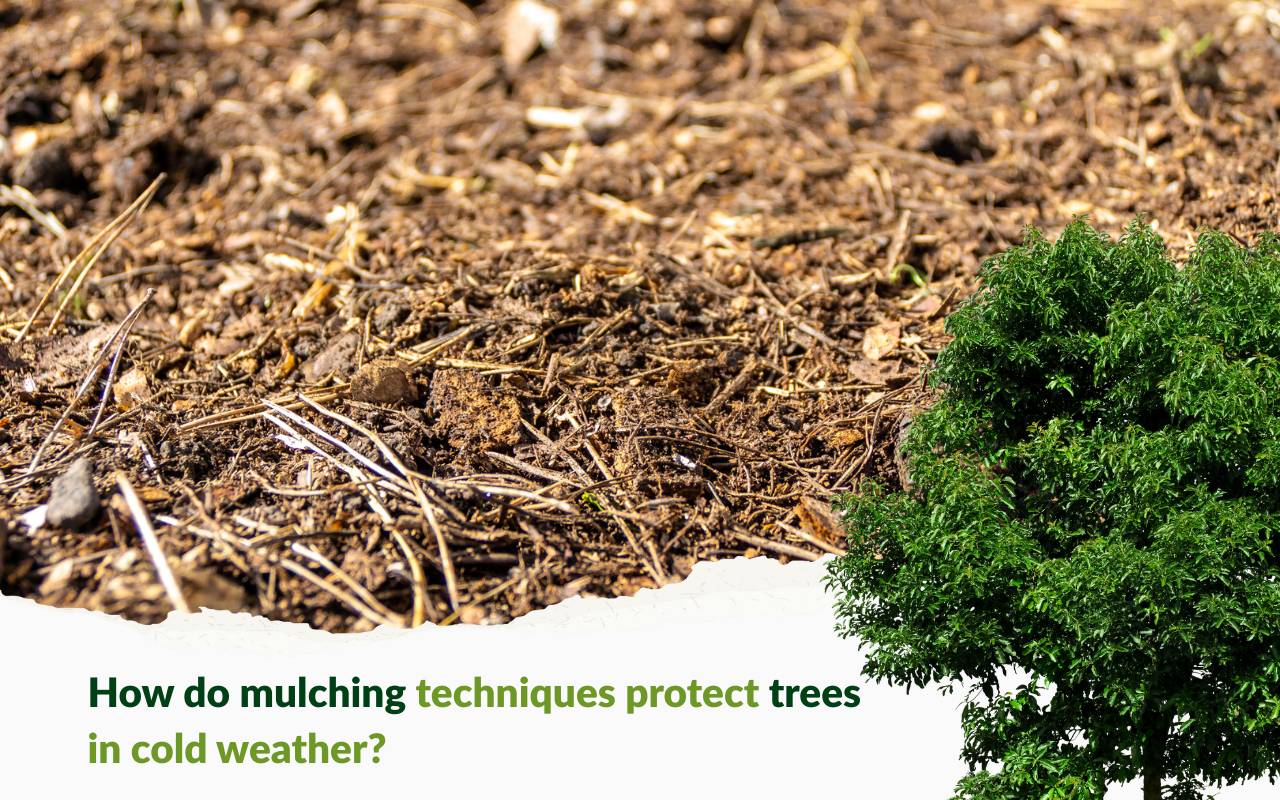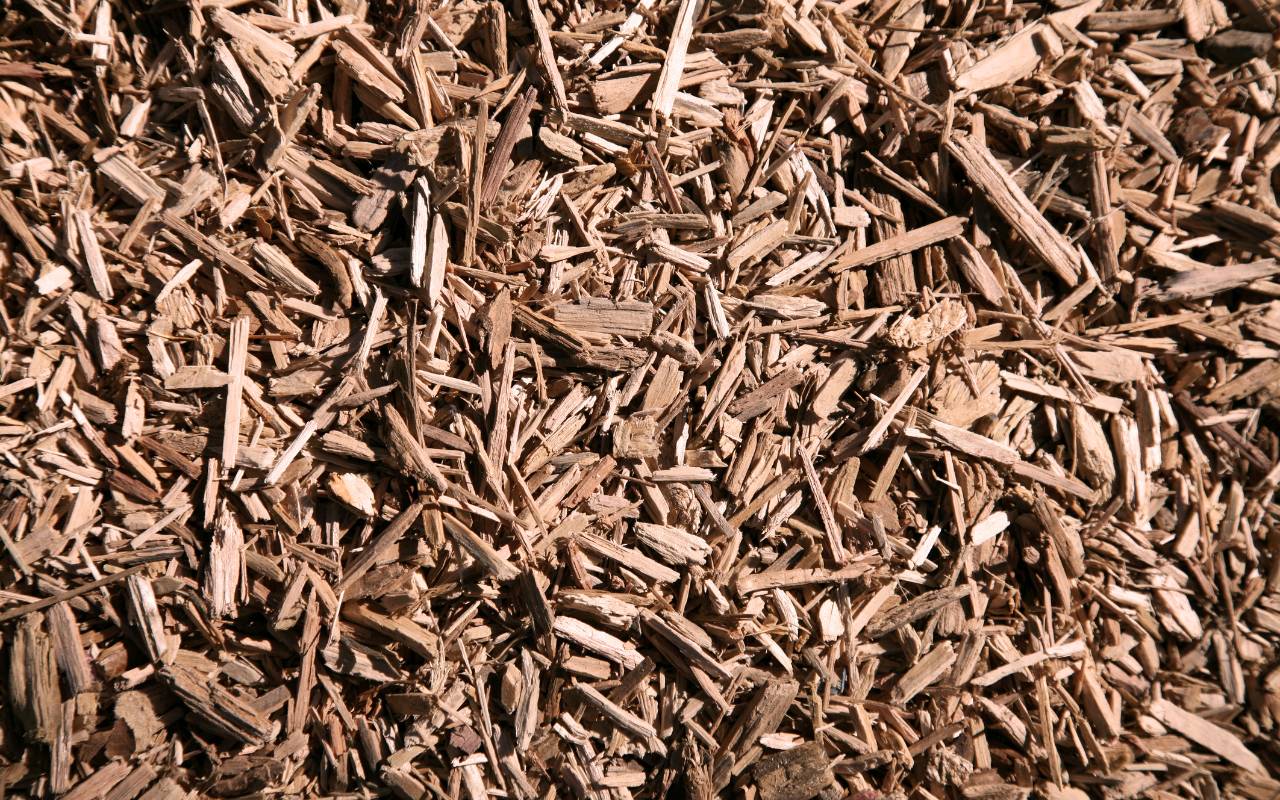
Winter can be brutal on young and established trees, but smart mulching keeps roots safe, moist, and stable. This guide explains materials, timing, and depth to prevent freeze–thaw damage and conserve water. You’ll learn proven, landscaper-approved steps and mistakes to avoid. Use these tips to protect your landscape now, strengthen roots, and enjoy vigorous spring growth with healthier, happier trees.
How do mulching techniques protect trees in cold weather?
Mulching Techniques to Protect Trees in Cold Weather create an insulating blanket that buffers roots from temperature swings, curbs moisture loss, and reduces soil heaving. Applied at the right time and depth, mulch also supports soil biology, improving structure and nutrient cycling. Together, these effects help young and mature trees overwinter safely and leaf out stronger in spring—proof that Mulching Techniques to Protect Trees in Cold Weather work.
Types of Mulch for Cold Weather Protection
Choosing the right mulch is essential. Organic options—shredded bark, wood chips, straw, and leaf mold—insulate well and enrich soil as they decompose. Inorganic choices—gravel, stones, or plastic—don’t feed soil but can resist wind. Match materials to climate, species, and aesthetics. Integrating Mulching Techniques to Protect Trees in Cold Weather with species needs yields the best long-term results.
Benefits of Mulching Trees in Winter
Winter mulch stabilizes soil temperature, limits freeze–thaw cycles, conserves moisture, and fosters beneficial microbes. It’s especially valuable for new plantings and shallow-rooted trees. As organic mulch breaks down, it boosts soil structure and fertility—key reasons homeowners rely on Mulching Techniques to Protect Trees in Cold Weather for immediate protection and future vigor.
Best Practices for Applying Mulch
Clear weeds and grass, then spread a 3–4 inch layer evenly out to (or beyond) the dripline. Keep a 2–3 inch gap around the trunk—no “mulch volcanoes.” Use clean tools, and lightly fluff the layer at winter’s end for air exchange. Following these Mulching Techniques to Protect Trees in Cold Weather helps prevent rot, pests, and compaction.
Determining the Right Time to Mulch
Apply mulch after the first hard frost but before soil locks up—often late fall. Watch for days under 50°F (10°C) and nights near freezing. Too early invites pests; too late risks root injury. Sync timing with your local Tree Maintenance Calendar for region-specific cues and align with Mulching Techniques to Protect Trees in Cold Weather guidance.
How Mulch Insulates Trees from Cold Temperatures
Mulch slows heat loss from soil, moderates swings, and reduces wind-driven desiccation at the surface. This “blanket effect” lowers stress on fine roots and evergreen foliage, maintaining a more stable microclimate through repeated freeze–thaw cycles—central to Mulching Techniques to Protect Trees in Cold Weather.
Mulching Techniques for Different Tree Species
Fruit trees favor finer mulch (straw, composted leaves) for quick nutrient return. Ornamental maples and oaks benefit from bark for durable cover. Evergreens respond well to pine straw or shredded pine bark, which mimics forest duff. Pair mulching with seasonal care like Seasonal Pruning Tips to support structure and health.
Avoiding Common Mistakes When Mulching Trees
Don’t pile mulch against trunks; keep it off the root flare. Avoid layers thicker than 5 inches. Skip dyed or treated chips. Refresh compacted or decomposed mulch annually. If you suspect stress underground, review Root Damage Indicators before winter sets in. These checks keep Mulching Techniques to Protect Trees in Cold Weather effective.
Mulch Thickness Guidelines for Winter Protection
Target 3–4 inches: thick enough to insulate, thin enough to breathe. Use 4 inches for new or exposed sites; 3 inches for established trees. Measure depth in several spots to stay consistent—crucial for Mulching Techniques to Protect Trees in Cold Weather.
Mulching Around Newly Planted Trees
After planting, mulch to the dripline and keep mulch 2–3 inches off the trunk. Maintain even coverage and avoid disturbing the soil beneath. Pair with timely structural care using your local cues for the Best Time to Trim Trees and consider a professional Arborist Inspection in KC if you’re unsure about root flare or grading.
Ensuring Tree Health and Resilience Through Proper Mulching
From smart material selection to precise timing and depth, consistent mulch care stabilizes soil, conserves water, and strengthens roots. By tailoring methods to species and site, Mulching Techniques to Protect Trees in Cold Weather become a reliable, low-cost strategy for winter hardiness. Need help? Schedule a consultation via Contact Perez Landscape.

How to Apply Winter Mulch Step by Step
- Scout & prep: Remove weeds/grass and expose the root flare.
- Choose materials: Select organic mulch suited to species and site.
- Set the edge: Define a ring to contain a 3–4 inch layer.
- Spread evenly: Keep a 2–3 inch trunk gap; extend to the dripline.
- Water in: Lightly water to settle and reduce air pockets.
- Monitor: After storms, rake level; in spring, fluff to aerate.
Frequently Asked Questions
How early can I mulch before winter?
Wait until after a hard frost to avoid harboring pests and to lock residual warmth into the soil.
What mulch is best for young trees?
Shredded bark, straw, or leaf mold insulate well and decompose into nutrients ideal for establishing roots.
Should mulch touch the trunk?
No. Maintain a 2–3 inch gap around the trunk to prevent rot and rodent damage.
How thick should winter mulch be?
Maintain a consistent 3–4 inches, adjusting toward 4 inches for new plantings or exposed sites.
Do I need to remove mulch in spring?
Don’t remove it completely; just rake and thin to improve airflow and top up as needed.
References
- How to Mulch Like a Pro (Better Homes & Gardens)
- How to make your garden an inviting haven over winter (The Telegraph)
